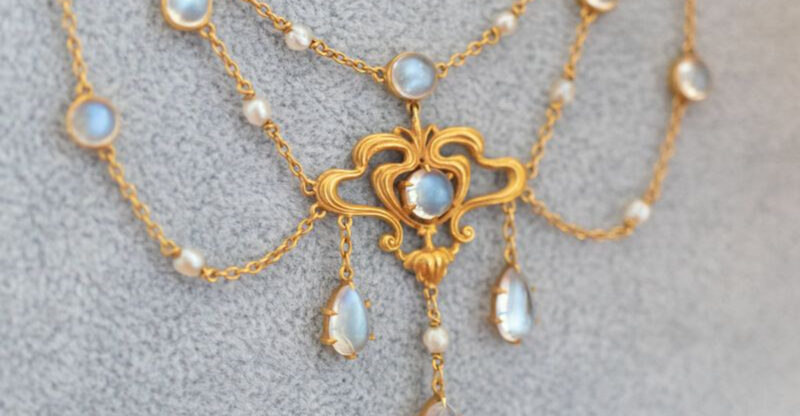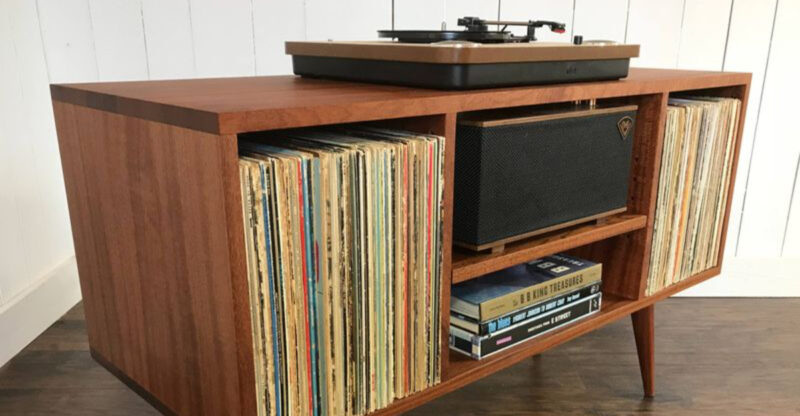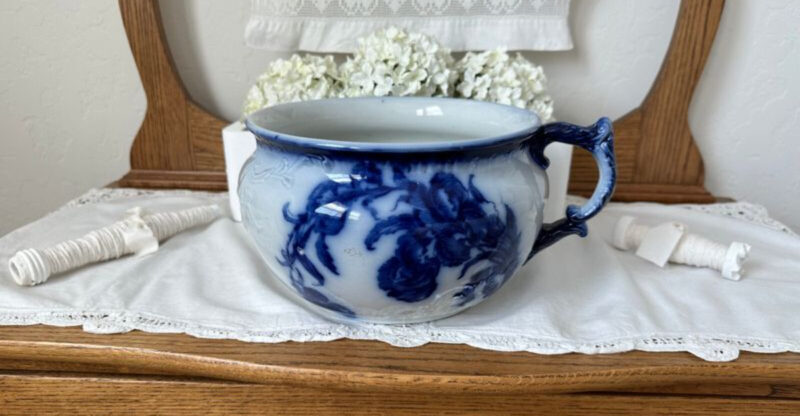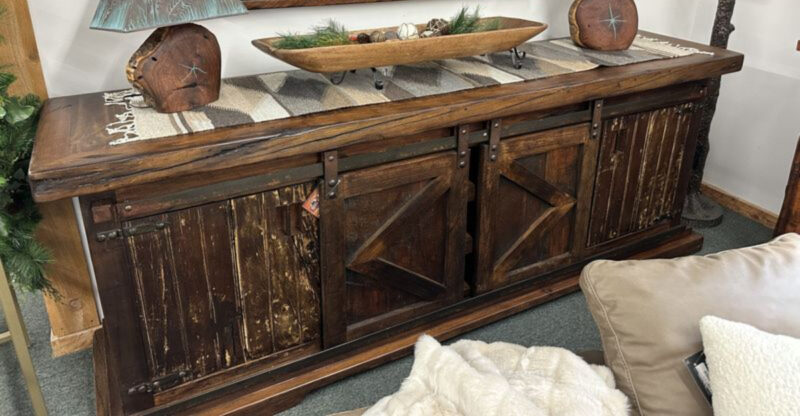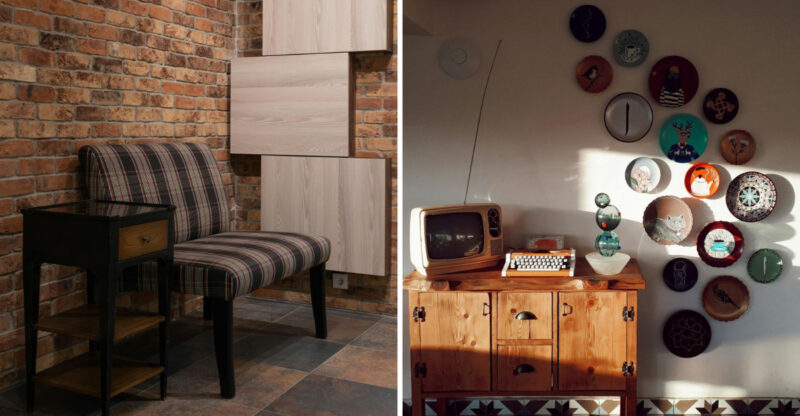4 Antiques From 1900s Ventura Homes Worth Thousands + 8 Better Left Behind
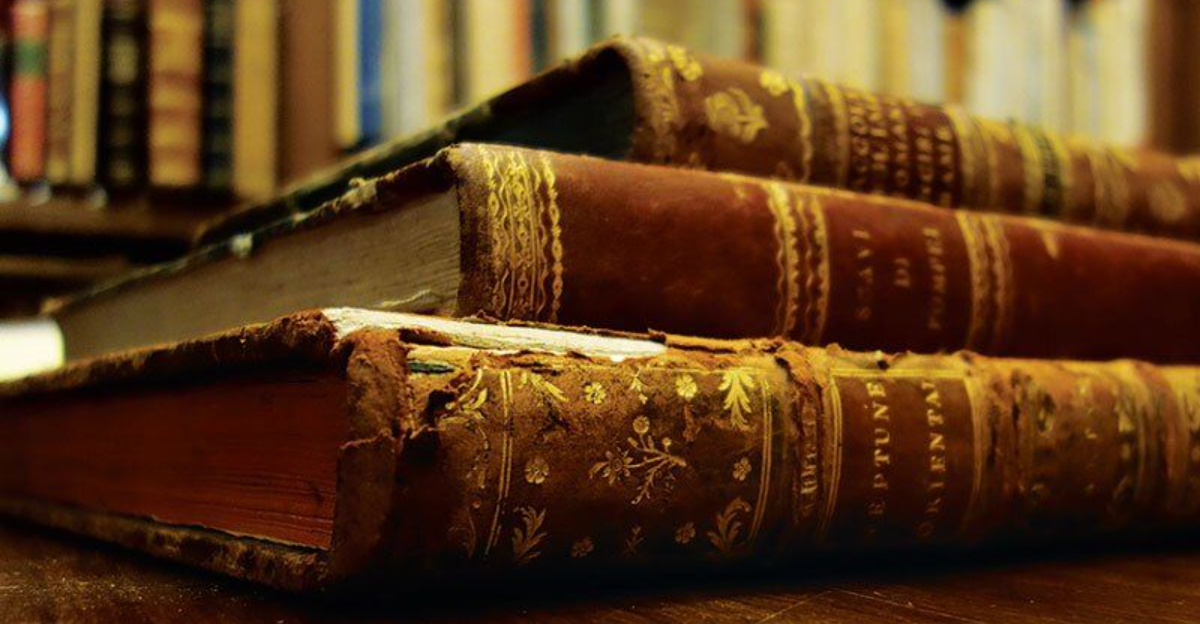
Ventura’s older homes are rich with character – and often filled with relics from a bygone era. Tucked away in attics, built-ins, or forgotten cabinets, these vintage pieces can stir curiosity and even spark hopes of a hidden fortune.
But not every old item is a financial goldmine.
In a town where charm and history go hand in hand, knowing what’s truly valuable versus what simply feels nostalgic can make all the difference for homeowners and collectors alike.
1. Hand-Crafted Mission Furniture
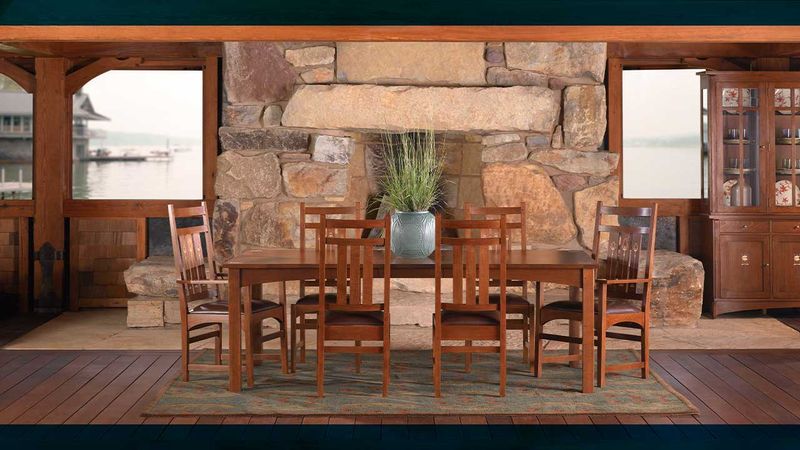
Genuine Stickley or Limbert pieces command premium prices in today’s market. Oak tables, chairs, and cabinets featuring mortise-and-tenon joinery without nails represent authentic craftsmanship.
Look for maker’s marks burned or stamped into the wood. Even damaged pieces can sell for thousands if they’re authenticated originals from renowned workshops of the Arts and Crafts movement.
2. Original Art Nouveau Light Fixtures
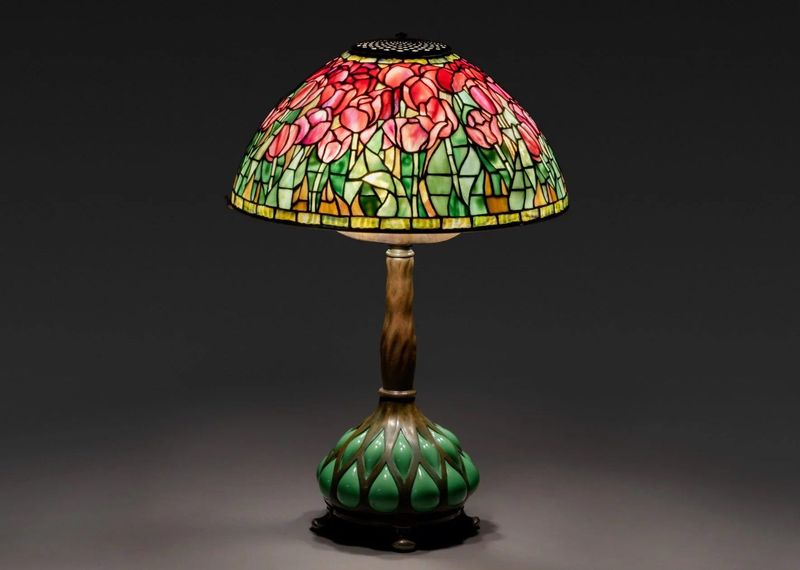
Copper and brass fixtures with flowing, nature-inspired designs can illuminate your bank account nicely. Tiffany-style lamps with colorful leaded glass shades are particularly sought after by serious collectors.
Ceiling fixtures and wall sconces from this period featuring intact glass and original wiring (though it should be replaced for safety) can command $1,500-$10,000 depending on maker and condition.
3. Vintage Pottery From California Makers
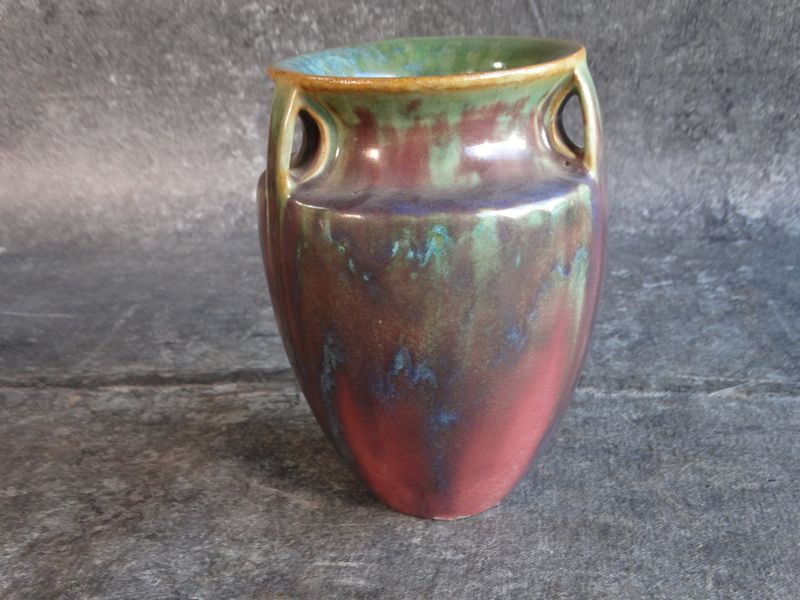
Early examples from Bauer, Catalina, and other California potteries have skyrocketed in value. The vibrant glazes and distinctive forms represent a uniquely American aesthetic that collectors crave.
Ringed Bauer bowls in original colors without chips can fetch hundreds each. Complete Catalina Island pottery pieces from before 1937 might bring thousands, especially in rare colors like yellow or black.
4. Early 1900s Clocks By Noted Makers
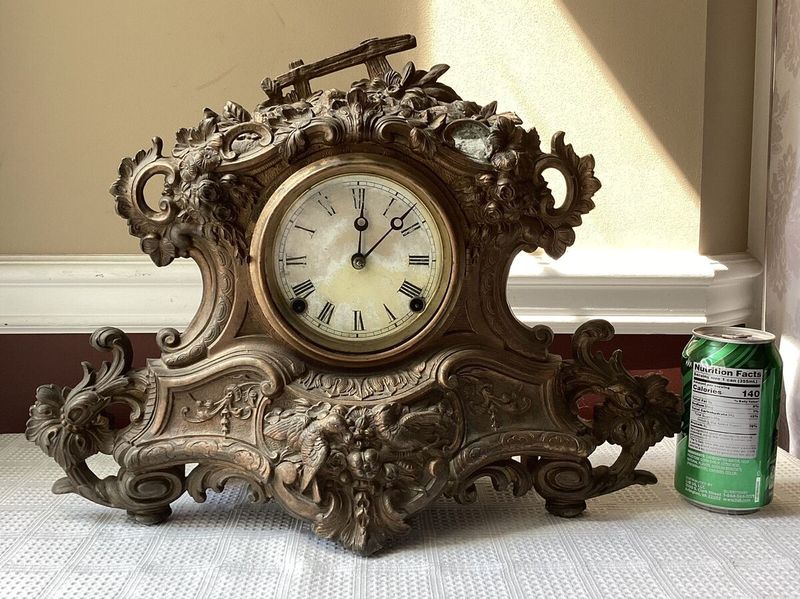
Grandfather clocks by Colonial, Howard Miller, or Seth Thomas with original movements tick up significantly in value. Mantel clocks with elaborate inlays or unusual mechanisms also attract serious collectors.
Working condition dramatically affects worth, but even non-functioning examples from prestigious makers can command four-figure sums. Keep an eye out for unusual materials, hand-painted faces, or limited production models.
5. Mass-Produced China Sets
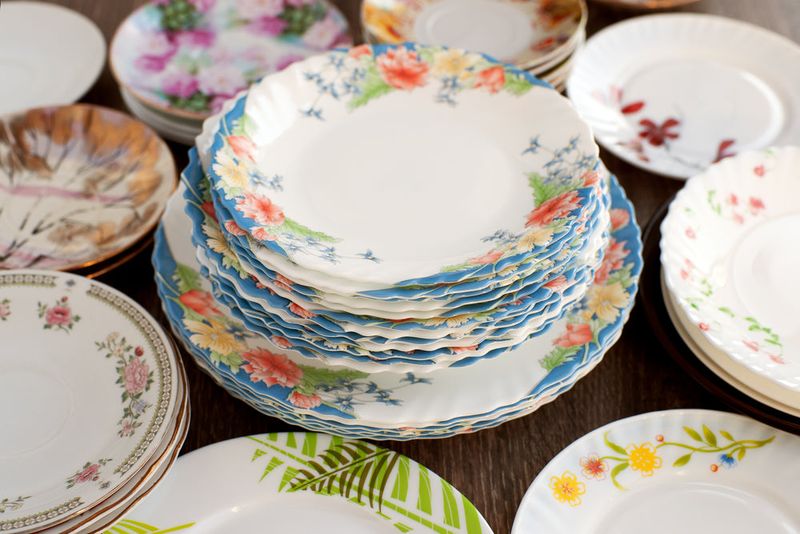
Factory-made dinnerware from the early 20th century rarely commands impressive prices today. Despite family stories about their value, most common patterns from companies like Johnson Brothers or Noritake flood the resale market.
Unless your set is extraordinarily rare or complete with serving pieces, expect modest returns. Many young homeowners prefer modern, dishwasher-safe options, leaving these formal sets gathering dust in antique shops rather than generating cash.
6. Faded Or Damaged Persian-Style Rugs
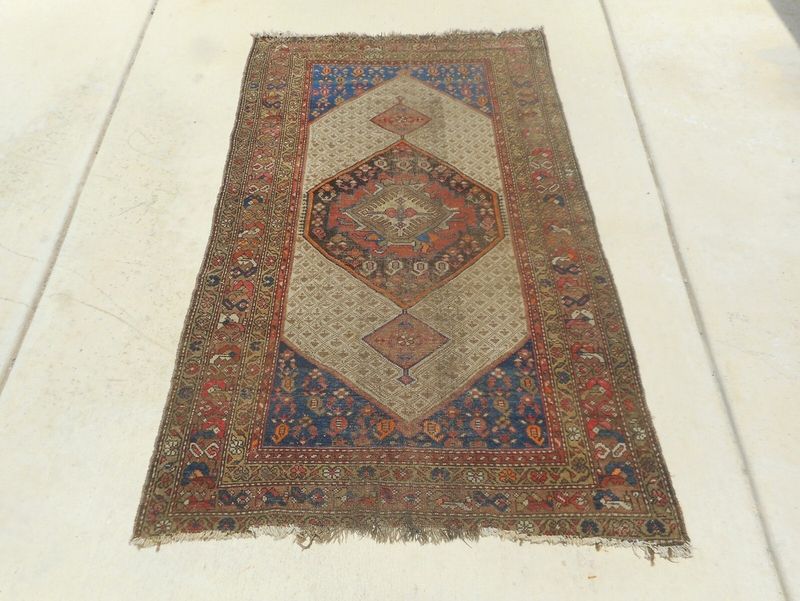
Sun-bleached colors and worn pile significantly diminish value in these once-beautiful floor coverings. Machine-made reproductions from the early 1900s were never particularly valuable, even in perfect condition.
Genuine hand-knotted rugs with extensive repairs, pet stains, or moth damage similarly lose their appeal to collectors. Unless your rug features unusual patterns, exceptionally fine knotting, or documented provenance, it’s likely worth more as nostalgic décor than as a sellable asset.
7. Incomplete Silver-Plated Flatware
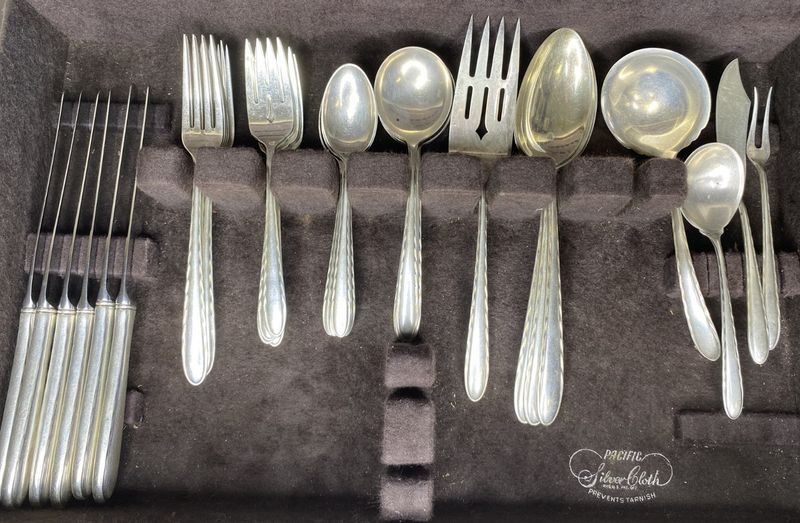
Missing pieces doom these once-cherished sets to bargain bin status. Silver plate (unlike sterling) has minimal intrinsic value, relying entirely on collector interest for its worth.
Common patterns from manufacturers like Rogers or Community Plate saturate the market. Modern entertaining styles have shifted away from formal dining, further depressing demand. Unless your set is complete in its original box, it likely won’t generate significant returns.
8. Reproduction Oil Paintings
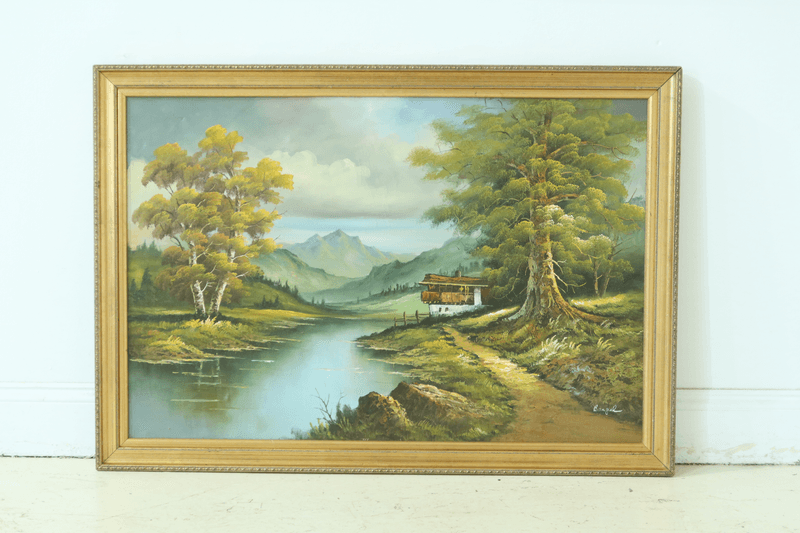
Mass-produced artwork designed to mimic masterpieces fooled nobody then and impresses few now. These factory-made pieces often featured generic landscapes, still lifes, or romanticized portraits in heavy gilt frames.
Darkened varnish and cracking paint might lend an appearance of age, but don’t indicate value. Real collectors seek original works with provenance. These decorative pieces served their purpose beautifying Ventura homes, but won’t fund your retirement.
9. Old Textbooks Or Encyclopedias

Stacks of outdated knowledge rarely translate into stacks of cash. Those imposing Encyclopedia Britannica sets that grandparents purchased for princely sums now languish unsold at estate sales for mere dollars.
Vintage textbooks face similar fates unless they contain significant historical illustrations or represent groundbreaking first editions. Digital information has rendered these once-treasured tomes obsolete, regardless of their distinguished appearance on Ventura bookshelves.
10. Yellowed Lace Curtains
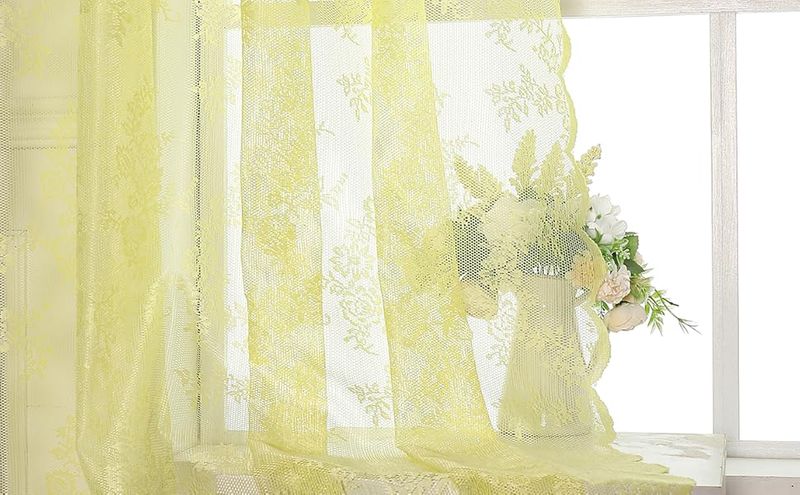
Delicate window dressings from bygone eras rarely survive in sellable condition. Exposure to sunlight, dust, and repeated washings typically leaves these once-pristine textiles brittle and discolored.
Handmade Belgian or Irish lace might interest textile collectors if in exceptional condition. However, most machine-made examples from Ventura’s early homes hold little commercial appeal despite their craftsmanship. Their fragility makes them impractical for modern use.
11. Basic Mason Jars And Bottles
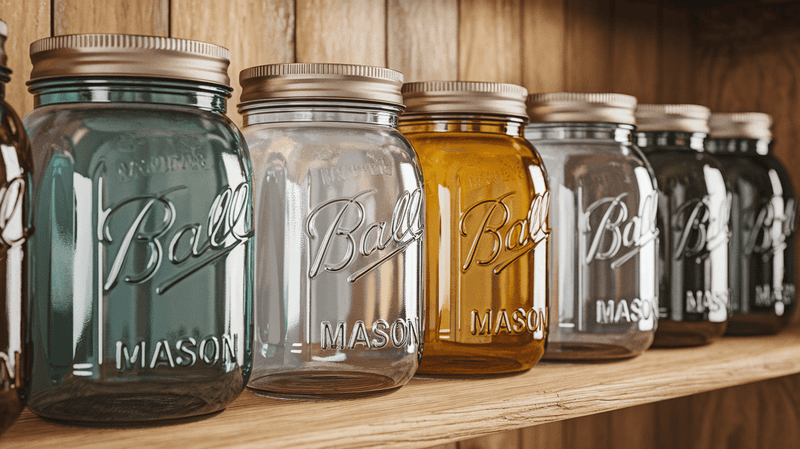
Common blue Ball jars and clear glass bottles rarely command premium prices despite their vintage charm. Truly valuable examples must feature unusual colors (like amber or cobalt), rare manufacturer marks, or production errors.
Standard examples found in Ventura homes typically sell for $5-15 each. While Pinterest might showcase creative repurposing ideas, most basic specimens remain abundant at flea markets nationwide. Save yourself disappointment and enjoy them for their rustic aesthetic rather than investment potential.
12. Outdated Radios Or Record Players In Poor Condition
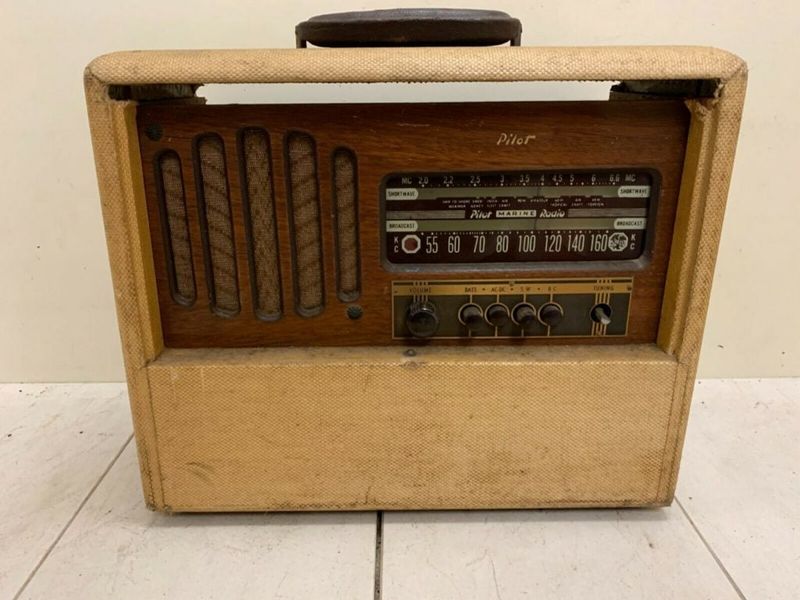
Broken electronics rarely inspire bidding wars, regardless of age. Non-functioning radios with missing knobs, damaged cabinets, or corroded components typically end up as decorative props rather than valuable collectibles.
Victrolas and early record players suffering from similar neglect face equally grim market prospects. While pristine examples from prestigious makers can command thousands, most deteriorated specimens found in Ventura attics are destined for display rather than profitable resale.

